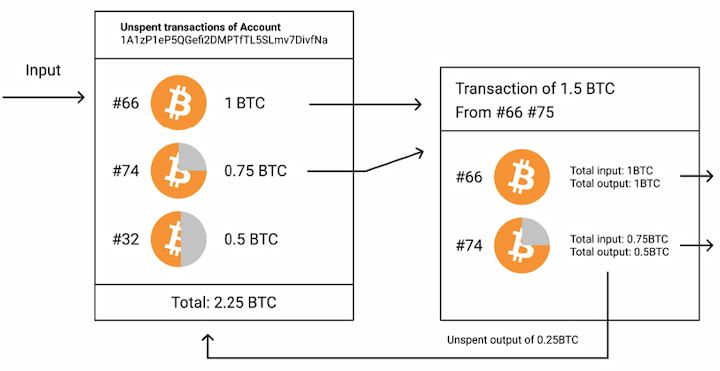Introduction to Coin Control: Enhancing User Autonomy
Coin control is a feature available in certain Bitcoin wallets that allows users to select specific unspent transaction outputs (UTXOs) when making a transaction. This granular level of control enables users to determine which "coins" (UTXOs) they want to spend, rather than relying on the wallet software to automatically select them. This capability is crucial for users who want to manage their transactions with precision, especially in terms of privacy and cost efficiency.

How Coin Control Works: The Mechanics
At the heart of Bitcoin transactions is the UTXO model, where each transaction consists of inputs (coins coming into your wallet) and outputs (coins leaving your wallet). Unlike traditional currencies, where funds are merged, Bitcoin treats each UTXO as a discrete unit. Coin control allows users to view and select these individual units for transactions.
Key Features of Coin Control:
Selection of Specific UTXOs:
- Users can choose which UTXOs to use in a transaction, allowing for more deliberate financial decisions. This can be particularly useful in managing the size of transaction fees or optimizing the transaction's cost-efficiency.
Management of Wallet Fragmentation:
- By selecting specific UTXOs, users can consolidate smaller outputs into larger ones, reducing wallet fragmentation. This not only simplifies future transactions but also can reduce transaction fees, as fewer inputs mean less data to process.
Enhancement of Privacy:
- Coin control can enhance privacy by preventing unnecessary exposure of UTXOs, which could potentially link transactions and reveal user information. By carefully selecting UTXOs, users can avoid creating patterns that might be analyzed by blockchain observers.

Practical Applications and Benefits: Real-World Scenarios
The practical benefits of coin control are numerous, affecting both personal and professional use of Bitcoin. For instance, an individual concerned with transaction fees might use coin control to select UTXOs that minimize costs, especially during periods of network congestion when fees are higher.
Anecdotal Example:
- Fee Optimization: Consider a Bitcoin user who has received multiple small payments over time. When sending a payment, they notice that using all these small UTXOs would result in a higher transaction fee due to increased data size. Using coin control, they can select fewer, larger UTXOs, thus reducing the fee and making the transaction more efficient.

Consider Now: Empowering Users Through Coin Control
Coin control is more than just a technical feature; it is a tool that empowers users to manage their Bitcoin holdings with greater autonomy and precision. By allowing users to choose specific UTXOs for transactions, it offers benefits in terms of cost efficiency, privacy, and financial organization. As Bitcoin and other cryptocurrencies continue to evolve, features like coin control will become increasingly important in providing users with the tools they need to navigate the complexities of digital finance. By understanding and utilizing coin control, users can make more informed decisions, optimize their transaction strategies, and maintain greater control over their digital assets.






